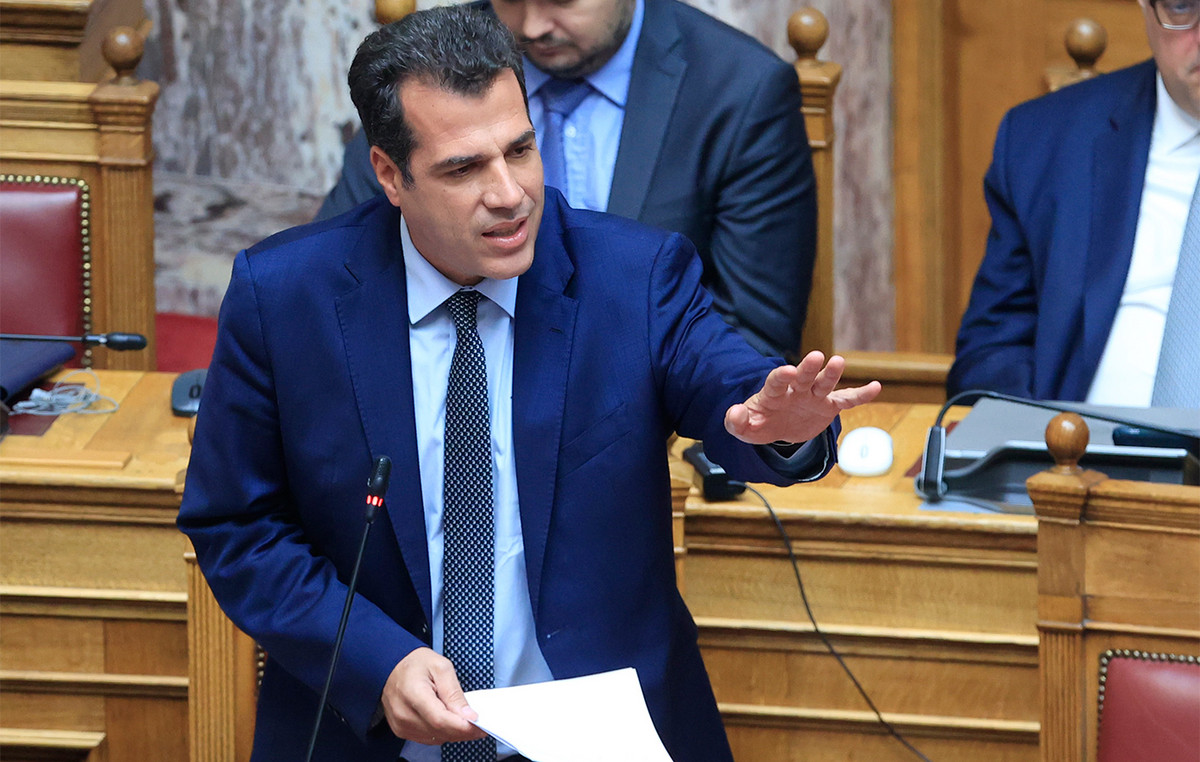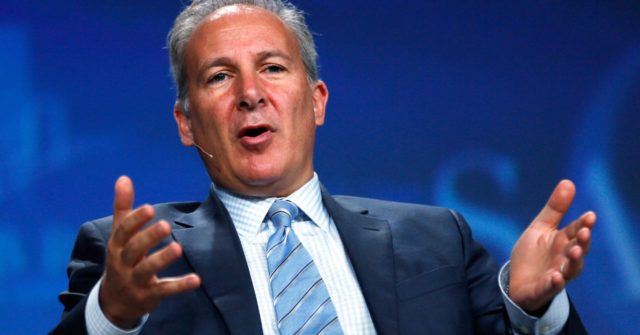An eventual drop in Brazilian interest rates will happen more quickly if a conjuncture of factors occurs in the coming months, among them the presentation of a new credible fiscal anchor to replace the spending ceiling, a consistent tax reform and inflation indicators within an expected margin, economists said to CNN .
The discussion between the government and the Central Bank (BC) about the cutback of the Selic involves both the vision of accelerating economic growth, on the part of the Executive, and controlling inflation, the goal of the independent entity. But, according to experts, the cooling of tension between Lula and Campos Neto should help the decrease in interest rates at the end of this year.
“Sin terms of political pressure, I believe that if the government delivers a credible fiscal rule, no matter how tough it may be, and at the same time progresses towards a tax reform, I think it is very likely that the Central Bank will reduce the rate [Selic] in the last two meetings of the year”, said Alexandre Espírito Santo, Chief Economist at Órama Investimentos.
For Espírito Santo, it is necessary to try to reconcile the objectives of putting inflation within the target and for the country to have economic growth, without compromising the action of the Central Bank against rising prices.
“Harmony between economic policies is necessary for the country to move forward. Therefore, dialogues between Haddad, Campos Neto and Tebet are fundamental for the realization of a robust economic agenda, since they are three members of the CMN [Conselho Monetário Nacional]. This would be a very positive scenario, in which all objectives would be understood and improved to reach conclusions”, he pointed out.
For Flávio Conde, equity analyst at Levante Ideias de Investimentos, the tensions between the President of the Republic and the President of the Central Bank over interest rates are not atypical in Brazil, and to a certain degree “are healthy discussions” for democracy .
Conde also believes that, in addition to a credible fiscal anchor and the progress of the tax reform, the ideal scenario for the beginning of the Selic decline are IPCA releases hovering around 0.3% and 0.4% per month.
“Sand we have three consecutive months of the indicator at this level, the technical part for the Selic to be reduced starts to be feasible. But if the indicator fails to reach this level, a reduction is not advised”, he said.
The exchange of barbs between the federal government and the Central Bank did not make Inter change its projection for the Selic rate – which, in the bank’s projection, still has room to start falling in August, as inflation loses strength quickly, and end 2023 at 12%. The rate is currently at 13.75%.
The mistake, in the house’s view, was to inflame the discussion before the government presents the new fiscal anchor, which may make it difficult to decompress interest rates.
“The main error in the debate is to anticipate a discussion on the inflation target before the presentation of the new fiscal anchor”, said Inter in a report to clients, signed by chief economist Rafaela Vitória.
“Uncertainties in the scenario ended up increasing in relation to the conduct of the government’s economic policies, which, by all indications, should be more expansionist and maintain higher inflation in the long term, which may result in a higher terminal Selic”, he concludes.
Copom x FOMC
The specialists pointed out that the rise in inflation, and consequently in interest rates, is a problem faced worldwide, but particularities of BC and Fed give different contours to the discussions in Brazil and in the United States.
“A The issue in the United States is different, as the Fed’s mandate specifies that it needs to control inflation and think about economic activity and employment. Here, the Central Bank’s only objective is to ensure that inflation reaches the target”, explained Flávio Conde.
The analyst reinforced that Brazil’s “heavy” inflationary heritage justifies the BC’s exclusive role in controlling prices, leaving the Treasury and the corresponding economic ministries in charge of exploiting the growth of the country’s economic activity.
The Fed’s movement is closely monitored by the Central Bank team, having an extremely impact on the decision of the Brazilian entity in relation to the adopted monetary policy, according to the economists.
“The FOMC [equivalente ao Copom no Brasil] is divided among those who are more hawkish and those who think more about the impact on economic activity”, explained Alexandre Espírito Santo.
Hawkish is a term used to say that the members share a tougher view on interest rates, successive increases until inflation is under control. According to Espírito Santo, the Fed’s ceiling on hikes may dictate the course of the magnitude of decisions made by other central banks in the world.
“If the Fed stops the increase at 5.25% a year, that is good because the international market is starting to see emerging markets as more attractive, because the dollar loses power and that helps Brazil,” he explained.
“I believe this is a likely scenario. The Fed announcing two increases of 25 basis points and touching 5.25%, keeping this high level unchanged for a while”, he concluded.
Source: CNN Brasil
I am an experienced journalist, writer, and editor with a passion for finance and business news. I have been working in the journalism field for over 6 years, covering a variety of topics from finance to technology. As an author at World Stock Market, I specialize in finance business-related topics.







